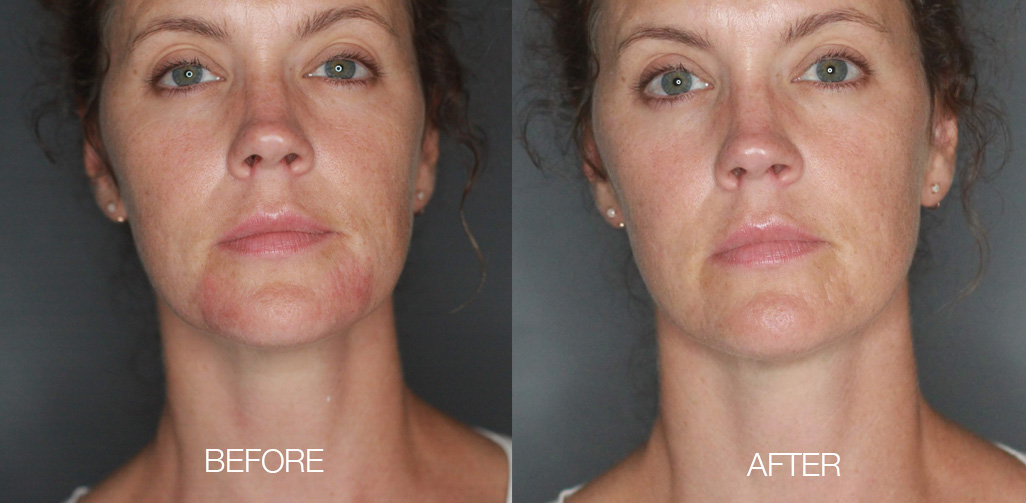PERIORAL DERMATITIS

Perioral dermatitis is a common acne-like, scaly rash that occurs around the mouth, nose, and sometimes under or on the eyelids. It is more common in adult females than males, though in children, the difference between females and males is less prominent.
The cause of perioral dermatitis is unknown. Triggers include harsh soaps, scrubbing, make-up, some fragrances, and occasionally fluorinated or mint toothpaste. Cortisone creams, while initially causing a slight improvement, will eventually flare the rash and cause it to be more entrenched. Typically the rash gets worse for 7-14 days after stopping the cortisone. But by doing this and starting the appropriate treatment, the rash should clear. Treatment options include Oral antibiotics and topical treatments.


